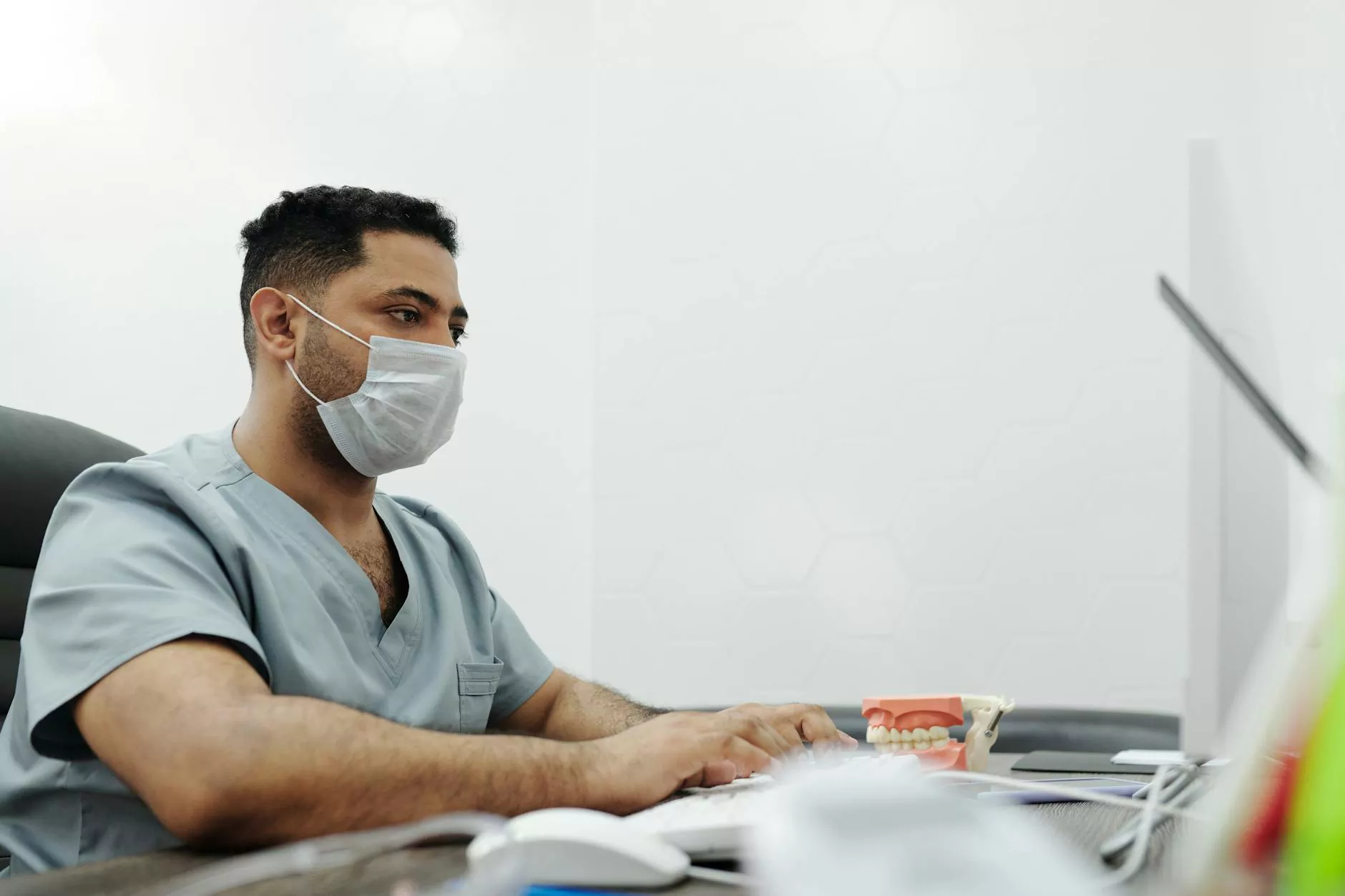CT Scan for Lung Cancer: A Comprehensive Guide

In today's world, early detection and accurate diagnosis are pivotal in effectively combating diseases, especially lung cancer. One of the most significant advancements in medical imaging technology is the CT scan, or computed tomography scan, which plays an essential role in diagnosing and managing lung cancer. This article delves into the intricacies of CT scans for lung cancer, including how they work, their benefits, and what to expect during the procedure.
Understanding Lung Cancer
Lung cancer is a leading cause of cancer-related deaths globally. It primarily develops due to smoking, exposure to secondhand smoke, or environmental factors such as air pollution. Understanding lung cancer's nature can help in recognizing the importance of timely diagnosis and intervention.
Types of Lung Cancer
Before discussing the role of CT scans, it's crucial to identify the primary types of lung cancer:
- Non-Small Cell Lung Cancer (NSCLC): This is the most common type, accounting for about 85% of lung cancer cases.
- Small Cell Lung Cancer (SCLC): SCLC is more aggressive and is often diagnosed at a later stage.
The Role of CT Scans in Lung Cancer Diagnosis
CT scans are an invaluable tool in the diagnosis and management of lung cancer. They provide detailed images of the lungs and surrounding structures, helping physicians pinpoint the presence of tumors, determine their size, and evaluate if cancer has spread.
How Does a CT Scan Work?
A CT scan uses a combination of X-ray images taken from different angles and computer processing to create cross-sectional images of bones, blood vessels, and soft tissues. During the scan, a patient lies on a table that moves through a large, donut-shaped machine. The entire process is painless and typically takes about 10-30 minutes.
Why Choose a CT Scan for Lung Cancer Assessment?
The benefits of opting for a CT scan for lung cancer assessments are profound:
- High Sensitivity: CT scans can detect lung cancers that are often missed during standard X-rays.
- Early Detection: The ability to reveal small tumors enhances early intervention opportunities.
- Staging Cancer: CT scans help determine the stage of cancer, which is crucial for treatment planning.
- Guiding Biopsies: They can assist in locating tumors to help guide needle biopsies for laboratory testing.
Preparing for a CT Scan
Preparation for a CT scan for lung cancer is typically straightforward. Here's what you can expect:
- Clothing: Patients will often be asked to wear a hospital gown and remove jewelry that may interfere with imaging.
- Contrasting Agents: Sometimes, a dye may be injected into a vein or ingested to enhance the images.
- Medical History: It is essential to inform the healthcare provider about any medications or pre-existing conditions.
During the CT Scan
During the procedure, patients will lie on a padded table that slides into the CT scanner opening. They will need to remain still to ensure clear images are captured. Breath-holding instructions may also be given, particularly for imaging of the lungs.
Post-CT Scan: What to Expect
After the CT scan, patients can usually resume normal activities immediately. If a contrast dye was used, they might be monitored for any allergic reactions for a short time. Results usually take a few days to be analyzed and reported by a radiologist who will share them with the patient's physician.
Interpreting CT Scan Results for Lung Cancer
Understanding the results of a CT scan for lung cancer can be daunting. However, it's essential to note that radiologists will categorize findings based on size, shape, and characteristics of nodules or masses. The evaluation may include:
- Nodules: These are small masses in the lungs that may require further investigation.
- Masses: Larger than nodules, these may indicate cancer.
- Lesions: Abnormal areas that could be benign or malignant.
Follow-Up Procedures After a CT Scan
If a CT scan reveals abnormalities, further testing may be necessary, including:
- PET Scans: To assess the metabolic activity of detected nodules.
- Biopsy: To obtain tissue samples for microscopic evaluation.
- MRI: To examine other body parts if cancer spread is suspected.
Additional Benefits of CT Scans in Lung Cancer Management
Beyond initial diagnosis, CT scans are vital in monitoring treatment efficacy and disease progression:
- Treatment Evaluation: Regular scans can help assess how well a treatment is working.
- Recurrence Monitoring: After treatment, patients are often monitored for any signs of recurrence.
Why Choose HelloPhysio for Your Healthcare Needs?
At HelloPhysio, our commitment to your health extends beyond just treatment. We understand that navigating lung cancer can be a daunting journey, and our experienced team is here to provide seamless support throughout the process. From physical therapy that aids recovery to comprehensive health evaluations, we offer:
- Personalized Care: Tailored health plans based on individual patient needs and conditions.
- Interdisciplinary Approach: Collaborating with specialists across various fields in Health & Medical, ensuring comprehensive care.
- Patient Empowerment: Educating our patients to make informed decisions about their health.
Conclusion
Understanding the role of a CT scan for lung cancer is vital for those at risk or those experiencing symptoms. Early detection through advanced imaging techniques can significantly enhance treatment outcomes. At HelloPhysio, we are dedicated to providing the necessary support and treatment options for our patients. If you have concerns about lung health, don’t hesitate to reach out for assistance. Your health should always be the top priority, and we are here to guide you every step of the way.
Contact Us
For more information about lung cancer screenings and the services offered at HelloPhysio, please visit hellophysio.sg.









